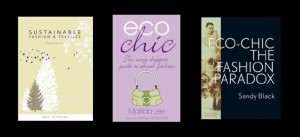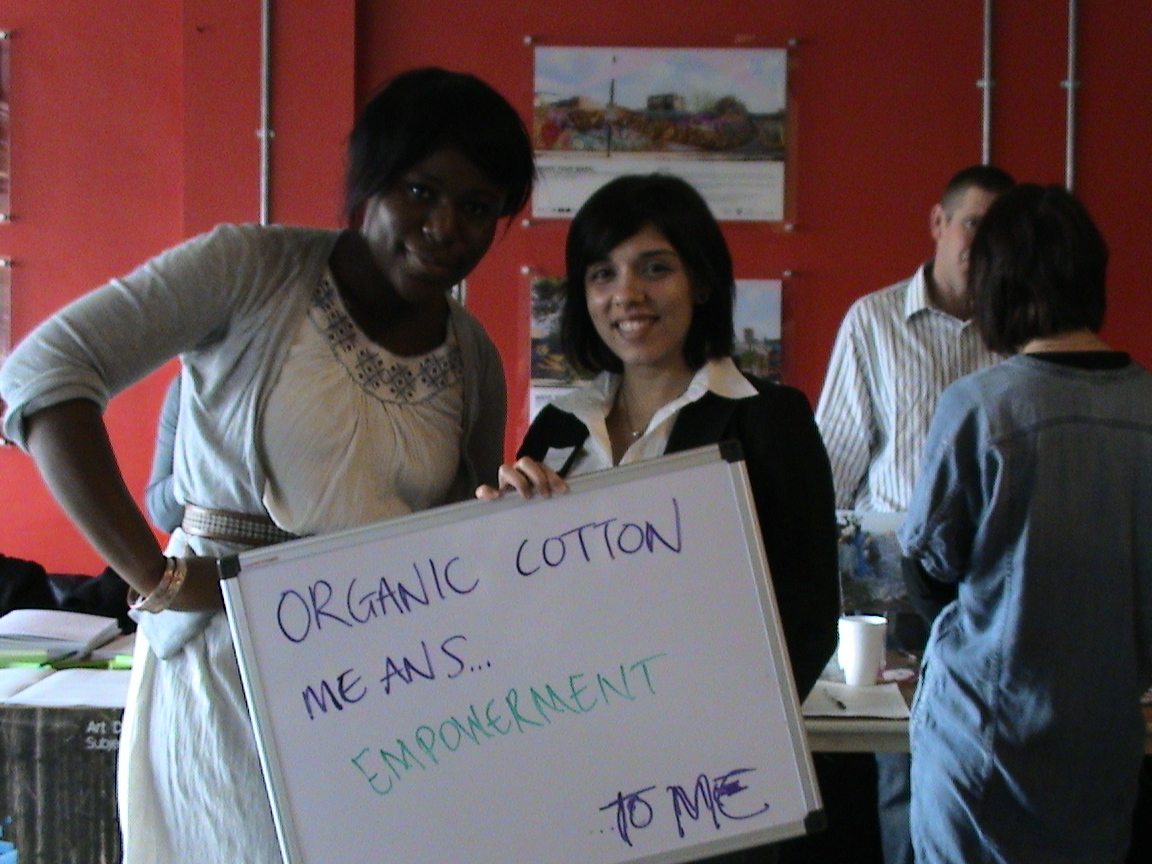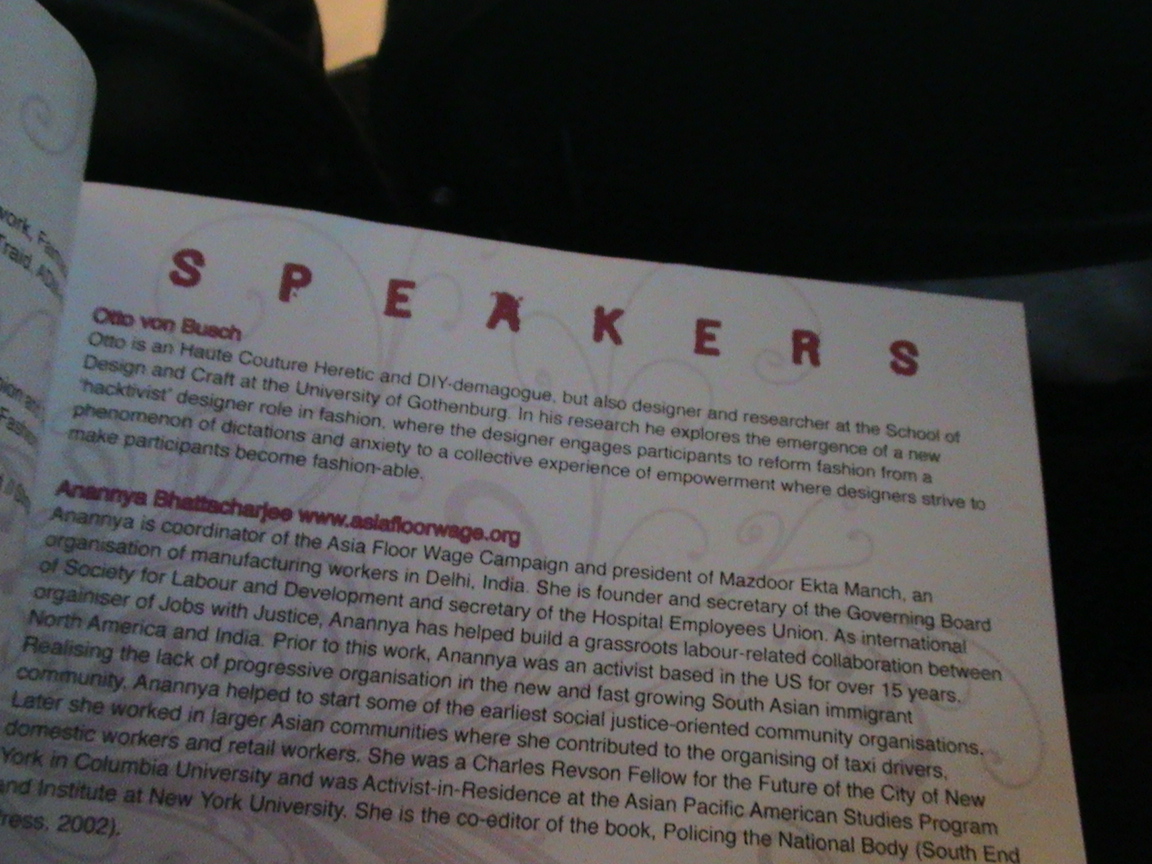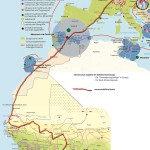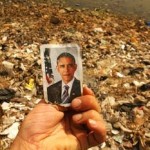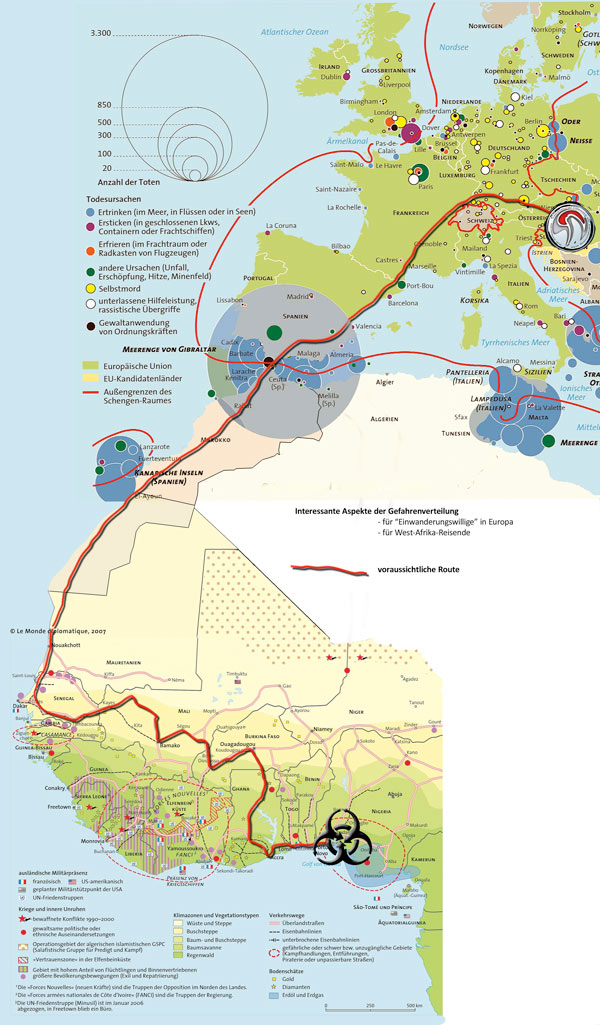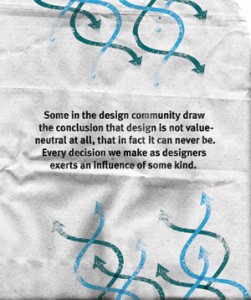Our friends over at Re-dress in Ireland have been BUSY!
In less than one month, Re-dress will present FASHION EVOLUTION, Ireland’s 3rd ethical fashion week:
“Fashion Evolution aims to re-vitalise the spirit of the Irish fashion industry, with a schedule of exciting events catering for consumers, producers, retailers and supporters of fashion alike.” (Re-dress)
“Our mission is to provide the Irish fashion sector with the tools needed to make more sustainable fashion choices.” (Re-dress)
We don’t think they’ll have any trouble accomplishing this goal–just take a look at what they have planned!
What: Re-dress ETHICAL FASHION CALENDAR LAUNCH
When: Tuesday 4th April
Where: Online www.re-dress.ie
Cost: Free
What: FASHION MENTORING SESSIONS
When: Wednesday 5th 6-8pm
Where: Sugar Club, Upper Leeson Street, Dublin
Cost: 15 Euros BOOK NOW!
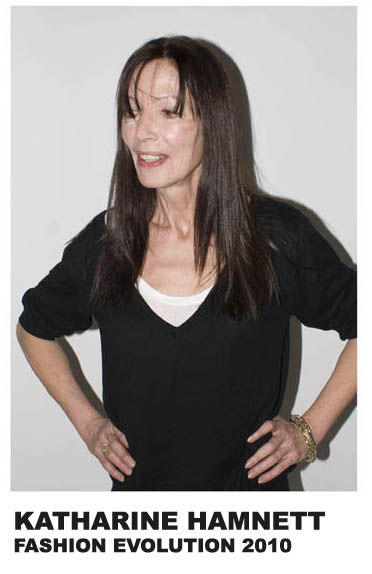
What: FASHION ENTREPRENEURSHIP; EVENING LECTURE AND NETWORKING SESSION WITH KATHARINE HAMNETT
When: Wednesday 5th 8.30-10pm
Where: Sugar Club, Upper Leeson Street, Dubin
Cost: 10 Euros BOOK NOW!
What: IRISH FASHION INDUSTRY CONFERENCE
When: Thursday 6th 9am-2pm
Where: Fallon and Byrne
Cost: 40 Euros (students and unemployed 20 euros) BOOK NOW!!
What: CLEAN CLOTHES CAMPAIGN – GENERAL MEETING
When: Thursday 6th Time TBC
Where: TBC
Cost: TBC BOOK NOW!
What: FREE PUBLIC FILM NIGHT
When: Friday 7th 7pm
Where: Smock Alley Café
Cost: FREE BOOK NOW!
What: EJF Cotton T-shirt exhibit
When: Tuesday 4th-Saturday 8th 10am-5pm daily
Where: The Greenhouse
Cost: FREE
Title: FASHION EVOLUTION
Location: Ireland
Link out: Click here
Start Date: 2010-05-04
End Date: 2010-05-08


